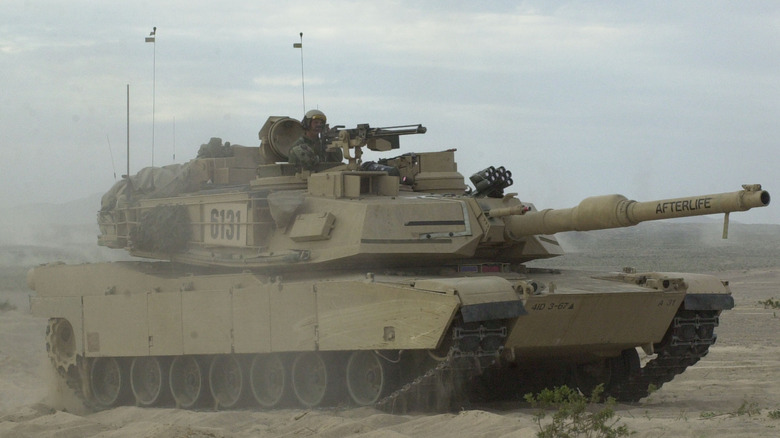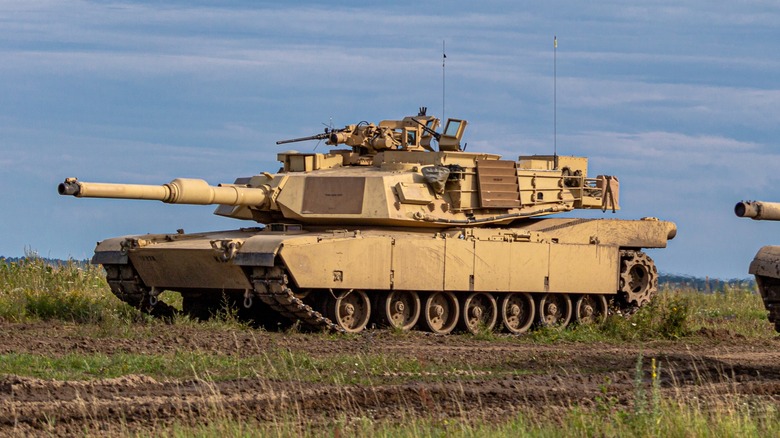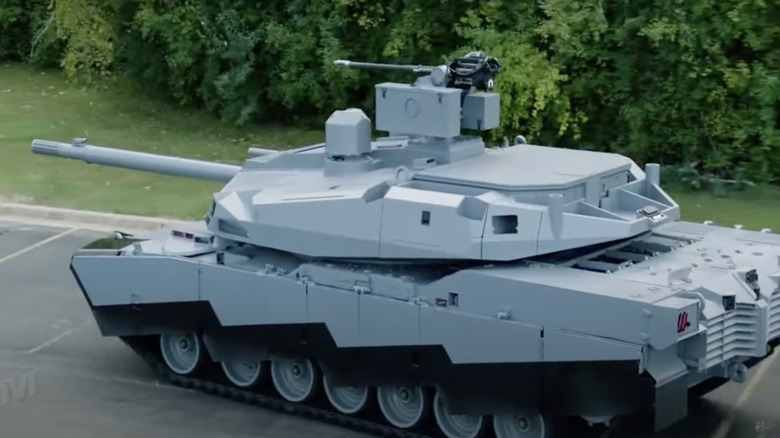The Future Of Tank Armor: How Composite Materials Are Revolutionizing Protections
The first images that come to mind when one thinks of a tank are typically a top-mounted cannon, treads, and of most importance to those inside, armor. The concept of a mobile vehicle protected by armor to transport troops across a battlefield has been around for hundreds of years. Leonardo da Vinci in fact had drawn up plans in 1485 for what he deemed an "armored car." In the plans for this early armored vehicle, da Vinci described how he could "make armored cars, safe and unassailable." This basic premise of protecting the tank crew inside has held for hundreds of years.
His vision of an "armored car" came to fruition with World War I. Since then, tanks and technology have continued to evolve with an underlying premise of providing protection for those inside. This has been achieved through the armor that wraps around any tank. This armor, much like the tank itself, has evolved over time. Not just being made solely out of steel, tank armor is now composed of a variety of composite materials. These materials are revolutionizing the makeup and future of tank armor.
Tank armor history
The first combat tank in the world, the British-built Mark I, went into battle at the Somme with armor that was 12 mm thick. This armor was sufficient to stop most small-arms fire at the time, but it offered little to no protection in stopping heavier guns or explosives, such as hand grenades and artillery. By World War II, tank armor had evolved and increased in thickness. The German Tiger I tank had massive 100mm thick armor, providing immense protection for its crew.
Tank armor would move beyond just thicker plates of steel after World War II. It would see the introduction and use of composite materials to create armor that is more lightweight than steel, yet strong in protection. Composite armor works on the principle that tanks are protected by sheets of metal like titanium and steel, so by adding lightweight yet strong materials in between these layers, the tank's protection against ballistics is increased.
Composite materials and the future
Composite materials continue to be researched and refined in the quest for maximizing protection while reducing weight. This has included recent tests in combining aluminum, copper, manganese, and magnesium powders with carbon nanoparticles to create a composite protection system. The irony is that while research in developing lighter yet stronger armor materials continues, tanks are getting heavier. In 1980, the M1 tank weighed 60 tons, but changing battlefield needs since has seen its weight increase by an additional 10 tons.
Tank armor development and the quest for the right mix of composite materials show no signs of abating. The war in Ukraine has shown how susceptible tanks are to various anti-tank methods, so the need for lighter and more effective armor is of real concern to nations around the world. Gen. Mark Milley phrased it best in 2017 when he said that the "real sort of holy grail of technologies that I'm trying to find on this thing is material, is the armor itself ... If we can discover a material that is significantly lighter in weight that gives you the same armor protection, that would be a real significant breakthrough."


